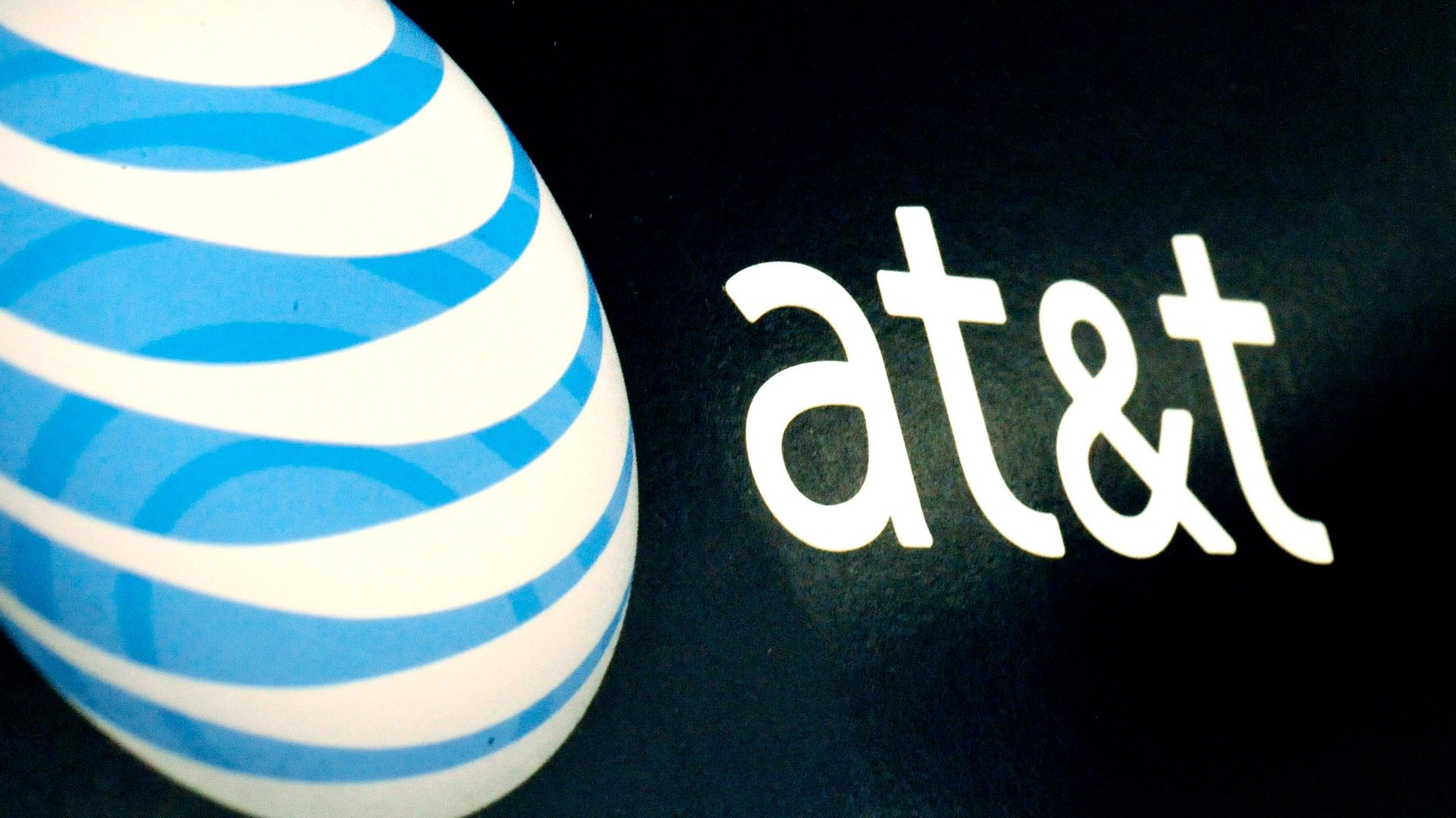One chart that explains AT&T’s purchase of Time Warner
If you want to make sense of AT&T’s $85 billion decision to buy Time Warner, it’s helpful to look at the company’s third-quarter earnings, which the telecom company reported on Oct. 22.


If you want to make sense of AT&T’s $85 billion decision to buy Time Warner, it’s helpful to look at the company’s third-quarter earnings, which the telecom company reported on Oct. 22.
In short, AT&T has been struggling to add new postpaid customers, who sign up for service upfront. Postpaid customers are a good indicator for the health of a wireless provider’s business because they provide much of the company’s revenue and tend to keep their accounts open longer compared with prepaid customers.
In its most recent quarter, AT&T recorded a net loss of 268,000 postpaid customers—its eighth straight quarter of decline. The chart above suggests that AT&T sees the addition of Time Warner as a way to diversify its business.
But before anything can come to pass, US regulators will have to OK the deal between the two companies, and history shows that giant media mergers in the US don’t have a great track record (see: the Aol-Time Warner M&A).